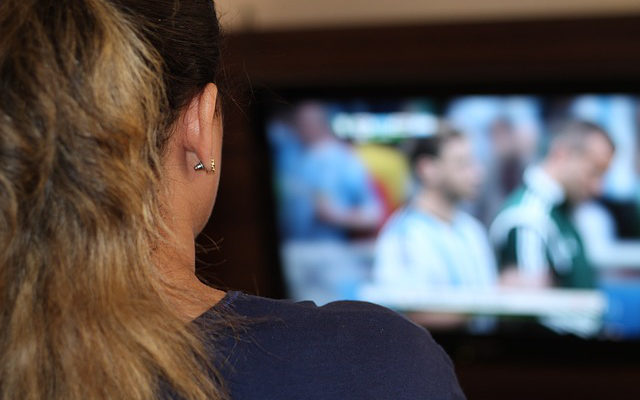Originally published on Digiday.
By Sahil Patel
Since Wall Street hammered a few major media stocks last month, it has become fashionable to say the end of TV is nigh. But as the real world continues to show, while the TV business is undergoing massive change, it’s not going to disappear any time soon — if at all.
In fact, TV is becoming a bigger player in online video. Consider that more networks and studios are following HBO’s lead and launching streaming apps that don’t require a pay-TV subscription. Or that traditional media giants like NBCUniversal and Hearst are actively investing in emerging digital giants like BuzzFeed, Vox and Complex. Or that even pay-TV providers ranging from Dish to Comcast and Verizon are experimenting with digital video services that don’t require an old-school set-top box.
TV will stay; it’s just becoming increasingly digital. Just look at the charts:
Yes, people are cutting the cord and increasingly streaming.
The numbers can be alarming. In the second quarter, the pay-TV business lost 566,000 subscribers, a 76.3 percent increase from the 321,000 subscribers the industry shed during the same quarter in 2014. The second quarter is generally considered the worst every year for pay-TV, but losing more than a half-million customers would make anyone sit up.
Yet, with a total market base of 100 million paying customers of TV, 566,000 is still only half a percent. And it’s important to note that while streaming providers such as Netflix, Amazon and Hulu are steadily growing subscribers — at a compound annual growth rate of 30 percent since 2013, according to Wall Street firm Pacific Crest — they’re still largely offering TV content.
Viewers are embracing long-form across all screens.
Conventional thinking is that smartphones are the home for short-form content, while the TV screen is meant for longer stuff. New data from Ooyala suggests the divide isn’t as sharp as you might think it is.
According the video tech company’s recent Q2 Global Video Index report, 33 percent of viewing on phones is on content longer than 10 minutes. Fifty-seven percent of viewing on tablets, meanwhile, was on videos longer than 10 minutes. And this isn’t some random quarterly blip as Ooyala said these figures have been “fairly equivalent over the past few quarters.”
Monetization is also happening on longer content.
FreeWheel reports that there was a 32 percent growth in ad views in the second quarter when compared to the same period last year. Long-form content, which it defines as anything longer than 20 minutes, and live content, which are generally event simulcasts or sporting events, were the primary drivers of this growth.
The suggestion is that as viewers increasingly watch longer stuff on digital platforms, it is becoming easier for publishers to monetize that content. And of course, a lot of long-form content is really just TV through a different pipe.
Unsurprisingly, streamers tend to be younger.
According to data from research firm Millward Brown Digital, 51 percent of Netflix subscribers are millennials. Generation X makes up another 34 percent of subscribers, with Baby Boomers accounting for the remaining 15 percent. Compare this to pay-TV, which has a split of 35 percent millennials, 40 percent Generation X and 25 percent Boomers. HBO stands out as an exception, but considering that very little separates its business from Netflix’s, it’s not really.
And as people grow older and accustomed to accessing TV content across platforms, pay-TV will be forced to embrace digital distribution in an even more aggressive manner than it’s currently doing with services such as Dish’s Sling TV, Comcast’s Watchable and Verizon’s Go90.
That said, the sky isn’t falling.
Only 22 percent of current pay-TV subscribers also paid for a streaming service like Netflix, Amazon or Hulu in the first half of 2015, according to Millward Brown Digital.
Which means there is still some time before TV goes completely digital, and even when it does, it will still look a lot like TV.
Images via Netflix





